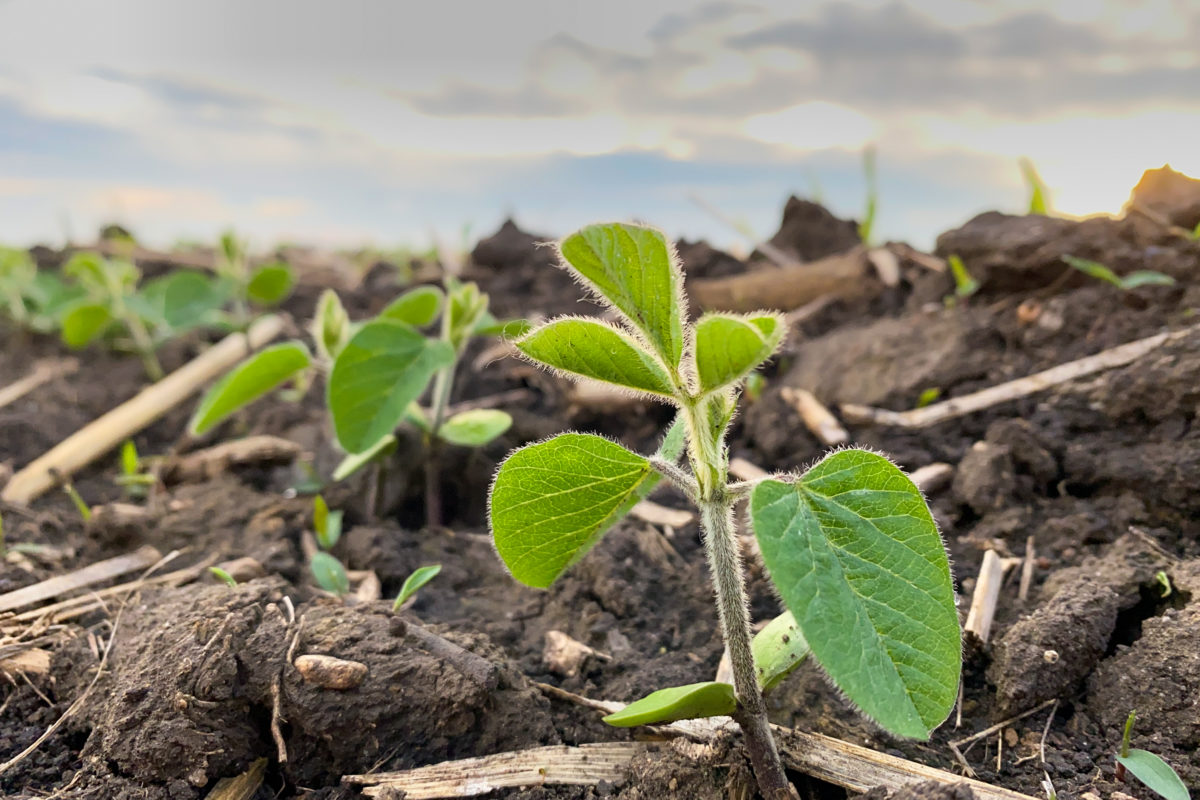All Eyes on Soybean Oil Demand

U.S. soybean meal has had a steady hand on the wheel of demand for many years, with oil riding shotgun. But it’s a new day — oil’s in the driver’s seat, offering new routes to farmers.
Demand for soybean oil is on the rise; it’s a popular input for a wide variety of products. According to the USDA Production, Supply and Distribution database in February, soybean oil demand has grown even within the past year. During the last marketing year, 9% of U.S. soybean oil was exported, 54% was used for food, feed and other industrial uses and 37% went to biofuels. Compare that to this marketing year, with a dip in exports to 5% and a bump in domestic demand for use in biofuels to 42%.
“We’ve seen a recent surge in soybean oil demand here in the U.S., which is projected to continue to grow in the next couple of years,” says Mac Marshall, VP of market intelligence for the soy checkoff and U.S. Soybean Export Council. “That’s driven by the build-out of renewable diesel facilities, which use soybean oil as a feedstock.”
Marshall says food remains the No. 1 use for U.S. soybean oil, but, thanks to the soy checkoff, demand in other market segments is driving growth.
“Thanks to checkoff investments, we’re advancing utilization of soybean oil in other applications as well — adhesives, lubricants, coatings,” says Marshall. “The diversity of applications is a testament to the versatility of the soybean, but also to the sound investments our farmers have made over the years.”
Philip Good, Mississippi soybean grower and fifth-year checkoff farmer-leader, couldn’t agree more.
“Our soy checkoff has been a huge part of sharing the story of U.S. soybean quality and sustainability,” says Good. “Sharing our message has affected our position both within the U.S. and throughout the world as a sustainable solution for the future.”
The soy checkoff is led by a group of farmers, so investments made by more than 515,000 U.S. soybean farmers are designed to make an impact at the farm level. And this shift in demand dynamics is no exception as farmers look to future growing seasons.
“About 50% of our acres are going to be planted in soybeans this year with the balance in corn and cotton,” says Good. “That diversity gives us a solid foundation to move towards more soybean acres without potentially affecting our income should the market shift.”
While this year’s crop mixes are already decided on most farms across the country, Good says increased soybean oil demand could be a driver for more farmers to continue to increase their soybean acreage. In fact, it looks like soybean production may be up again this year, trending in the same direction as oil demand.
According to the USDA Oil Crops Outlook, global soybean production for this marketing year is expected to eclipse 2020/21 production by 6.3 million metric tons.
“Soybean oil is the market driver right now, not meal. That, along with many other developments, has brought us to a new level in the market for possibilities,” says Good. “These are exciting times in the soybean market.”



